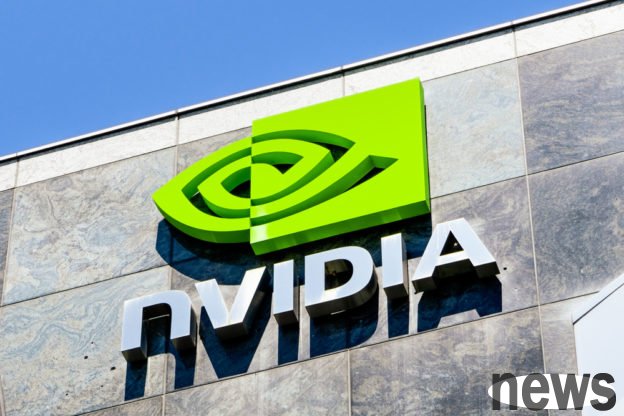
The biggest news in the technology circle recently was that NVIDIA announced that it would invest $5 billion in Intel at $23.28 per share. It is unknown whether there is any push from the US government behind this. However, in the official NVIDIA news, it has mentioned that many products are jointly developed by two giants, including the first Intel x86 RTX SOCs and the NVIDIA Data Center solution, the seemingly competitive cooperation makes people think of Kaby, which caused a stir in the market that year. Lake-G, will this Intel x86 RTX SOC repeat the coverage of that year?
Kaby Lake-G is a special platform jointly developed by Intel and AMD in 2018 (yes, you don’t think so, it’s an important part of Intel and AMD). It integrates Intel’s eighth-generation processor, the Kaby Lake platform, into the same package (MCP, Multi-Chip Package). This processor uses even advanced specifications, such as the GPU part adopts HBM2 high-frequency wide memory and EMIB (Embedded Multi-die Interconnect Bridge) connection. This is also Intel's first consumer-grade product packaging.
However, while the two sides have a good idea of Kaby Lake-G: Intel hopes to grow performance that is sufficient to compete with NVIDIA in a thin computer or a mini computer like NUC; AMD hopes to increase the weak CPU market at that time. But the result is that Kaby Lake is too costly and the subsequent update speed is too slow, which leads to the experience being less unique than NVIDIA, and even less than AMD's own APU. So one year after its launch, it announced its suspension and maintained only limited drive support.
The consumer market is actually more about cooperation than competitionSo will the so-called Intel x86 RTX SOC also step on the back of Kaby Lake-G? The author believes that of course, if you are better than beautiful imagination, you will usually end up in failure, but we may be looking forward to this product more because the target of Intel's cooperation today is NVIDIA.
In fact, in the consumer market, the relationship between the two is actually more about cooperation than competition. Intel specializes in CPU, and NVIDIA is a specialized independent display chip, so you can often see representatives from the two companies attending the OEM new product launch. And although Intel has its own GPU business, its current shipment volume and market share are too small, and it is strictly not an NVIDIA competitor.
In addition, today when Chiplet has become a learning experience, unusual packaging has become a normal situation and the cost has been greatly reduced, which means that the main problem of Kaby Lake-G failure that year has disappeared. In addition, NVIDIA has also announced that it will adopt its own NVLINK-connected SOC CPU and GPU in this processor, and the performance is expected.
Finally, there is a subsequent driving operation. Foreign media Tom's Hardware visited Intel and NVIDIA employees. Both companies will be responsible for driving updates. Of course, this is a waste, but seeing the advantages of NVIDIA's driving updates, the driving performance of this SOC should be more stable than Kaby Lake-G that year.
Although NVIDIA investment has not passed the review, it is not certain whether this investment with the shadow of Trump will fail after Trump leaves office in the future, the authors are still looking forward to any sparks that will pop up after the cooperation between giants with big CPUs and GPUs.
Extended reading: Talk about iPhone 17 Pro: Is it a mobile phone Pro or a user Pro? Once again, the only iPhone is left with Apple Silicon AMD has revealed the reason for plugging the NPU into the palm of the handheld. Is NPU no longer a chicken rib? Talking about NVIDIA N1X: WoA depends on it? Slow down the speed of updating CPUs now, Intel